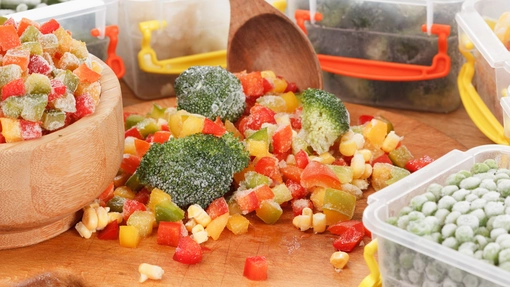
Caerphilly Cheese Festival: love your cheese!
That’s right – we’re talking about Caerphilly! While renovations to the castle mean that the Big Cheese is once again the ‘Little Cheese’ for 2023, there’s still lots of delicious cheese tasting to look forward to on 2 and 3 September, and plenty of other fun besides.
While we’re thinking about all things cheese, we wanted to share some tips on how to make the most of this glorious food. How should you store it? How can you use up leftover cheese? And what are the best cheese-tastic recipes? Keep reading to find out!
Storing your cheese
First things first, storing it correctly ensures our precious cheese lasts as long as possible, so none goes to waste. And did you know that you can even freeze hard cheese? The rules for storing soft cheese are slightly different to those for hard cheese, so let’s look at each in turn.
Storing and freezing hard cheese
By ‘hard cheese’, we’re talking about cheese such as Cheddar, Double Gloucester and Red Leicester. Store hard cheese in an airtight container in the fridge, wrapping blue cheese in tin foil.
If you’re not going to get through it before it goes off, you can also freeze hard cheese in a sealed bag or container for up to two months. A great tip is to grate it first, ready to use in recipes when you need it. You don’t even need to defrost it if you’re adding to recipes when cooking a meal! To defrost it for things like sandwiches, simply pop it in the microwave on the defrost setting just before you use it or leave it in the fridge overnight.
Storing and freezing soft cheese
The term ‘soft cheese’ refers to the squidgy varieties, such as Camembert, Brie and Feta, which you should wrap and store in an airtight container in the fridge. It also refers to cream cheese and Ricotta, which you can keep in their original containers, sealed closed. Soft cheese doesn’t freeze well, so it’s best to make sure you use it all up before it goes off. However, you can add it to sauces and then freeze those for another day.
Making the most of your cheese
If you’ve found yourself with odds and ends of cheese that need finishing up, there’s a use for them – even the rind! Here are some top tips for using up leftover bits of cheese:
- Add the end or rind of hard cheese, such as Parmesan, into soups and sauces to enrich the flavour – remember to remove before serving!
- Grate leftover or stale hard cheese into mash or over pasta dishes or chilli
- Add soft cheese to savoury sauces, such as pasta sauce, or use it to enhance a frittata, omelette or mashed potato. It’s also perfect for easy cheesecake!
As with every type of food, you can avoid ending up with leftovers by being careful with portion sizes. Our handy portion calculator can help you work out how much you’ll need when portioning out cheese for a meal, which will also help you work out whether it’s a big or small pack you need to buy next time you’re at the shop.
Our favourite cheese recipes
There are so many great recipes that use cheese, so there’s never any need to let it go to waste! First up, a classic: Welsh rarebit. This traditional Welsh dish is best described as posh cheese on toast, and couldn’t be easier to make! The same goes for our loaded potato wedges, for which it’s fair to say that the more cheese you use, the better!
Cheese goes really well in pastry, too, such as the topping for this delicious smoked fish pie – no rolling out required! Cheesy pastries are perfect for using up odds and ends of cheese; any strong smelly cheese will do, such as Gruyere, Stilton or goats cheese. For the filling, try cream cheese or Boursin.
And finally, a Sunday roast just isn’t a Sunday roast without cauliflower cheese – an excellent way to use up any extra cheese in your fridge. And of course, it doesn’t even need to be Sunday to enjoy this delicious dish!
For more inspiration, check out some more of our Recipes. Why not share your favourite cheese recipes with us at LFHW? Use the #LoveFoodHateWaste hashtag and show off your creations over on Facebook, Twitter and Instagram!







